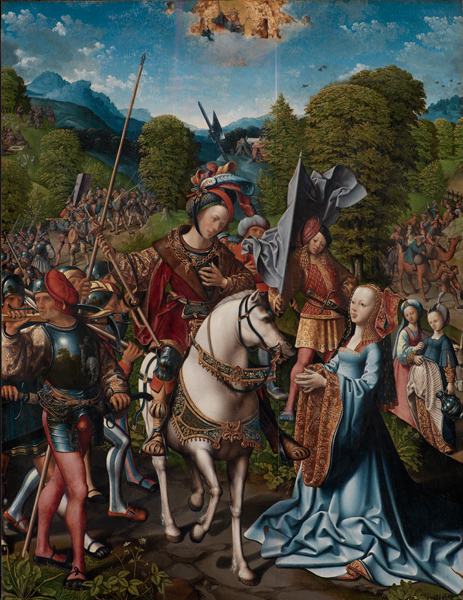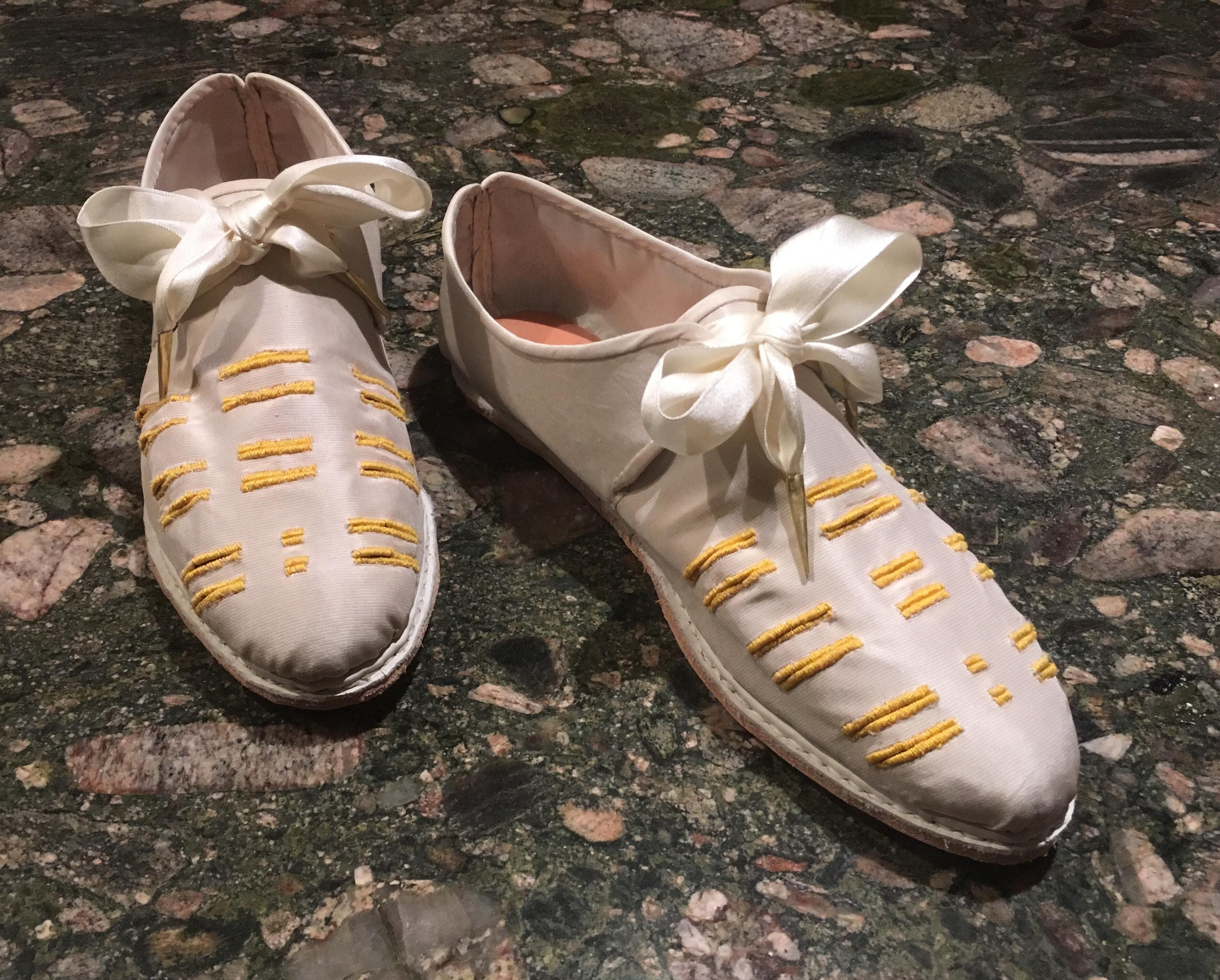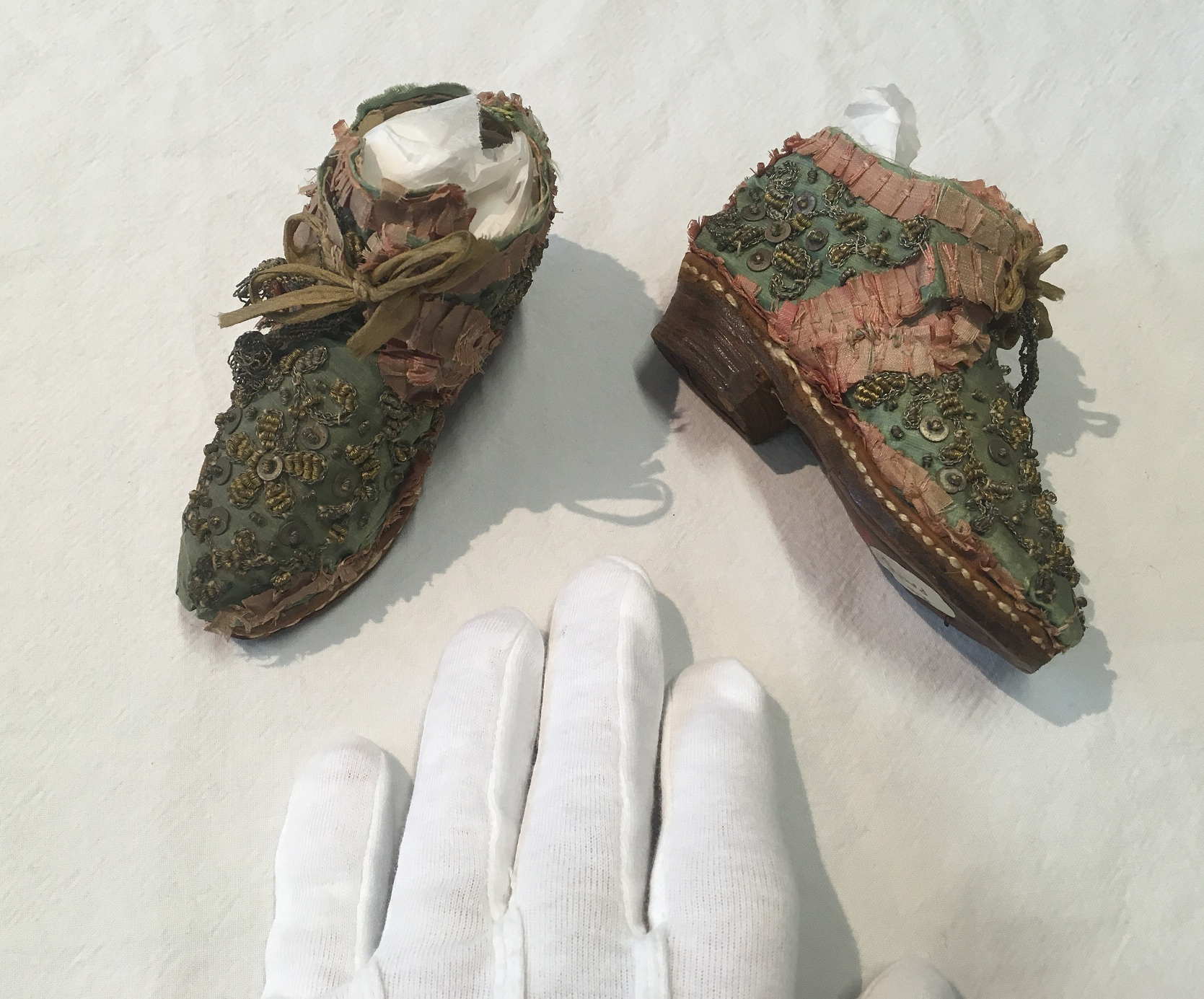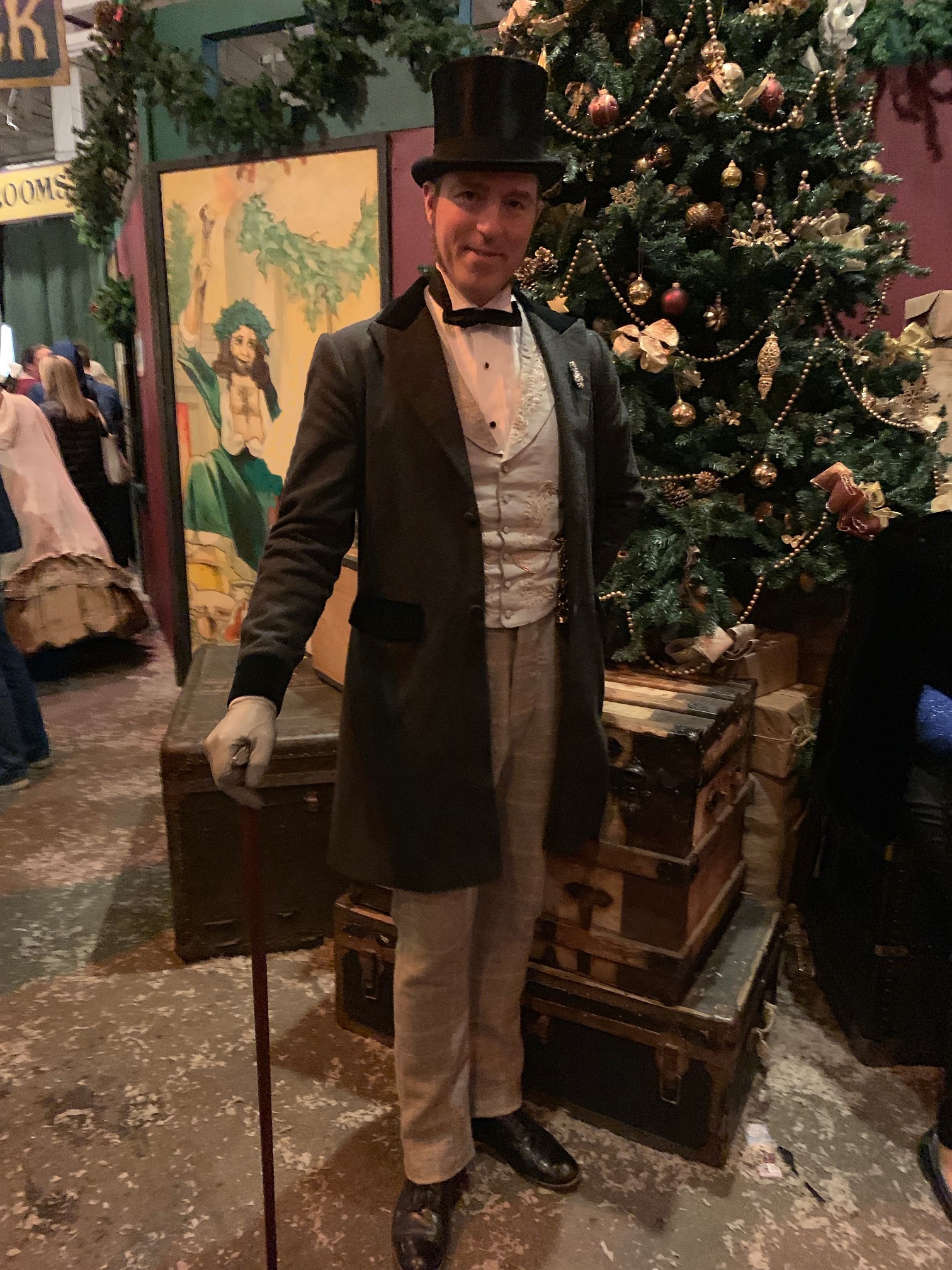I’ve been asked a number of times how difficult it was to walk / fight / dance in the small little cowmouths, similar to those here: http://aands.org/raisedheels/Lesson10/cowmouths.php. The reason is clear – the vast majority of documentation shows people wearing shoes, even in the early 16th century where a variety of illustrations in the form of fighting manuals, woodcuts, and paintings show many soldiers wearing shoes.
But, there is a second reason – folks in our day and age associate boots with “olden times,” and their visual is all the more enhanced when you get excellent works like “Wolf Hall” which do so many things right from a costume perspective, but all of the gents are wearing boots. In reality, shoes were far more common, and the vast majority of folks wearing boots are traveling, either on horseback or in some other manner, at least until the 17th century where they become more common, based on the archeological and pictorial record.
Combine the two questions – is there such a thing as a cowmouth boot? I have seen a number of modern works which attempt to combine the look of the cowmouth with a boot, but it was not until about ten years ago that I found an example of such a boot in the pictorial record. I would underscore that since then, I have seen exactly 0 additional examples. This makes this a singularity, and exceedingly rare. If you’re aware of any other evidence, please do share! I’d be very curious to know more.
The evidence is a painting by Jacob Cornelisz van Oostsanen, dated between 1485 and 1533, of allegory of David and Abigail. As a reminder, Abigail was the wife of Nabal; she became a wife of the future King David after Nabal’s death (1 Samuel 25). Abigail was David’s second wife, after Saul’s daughter, Michal, whom Saul later married to Palti, son of Laish when David went into hiding, and Ahinoam (thanks Wikipedia!).
So, considering the allegorical story, and the extremely scant evidence, I find it unlikely that such a boot was common at all. Would love to know of more examples, though!




